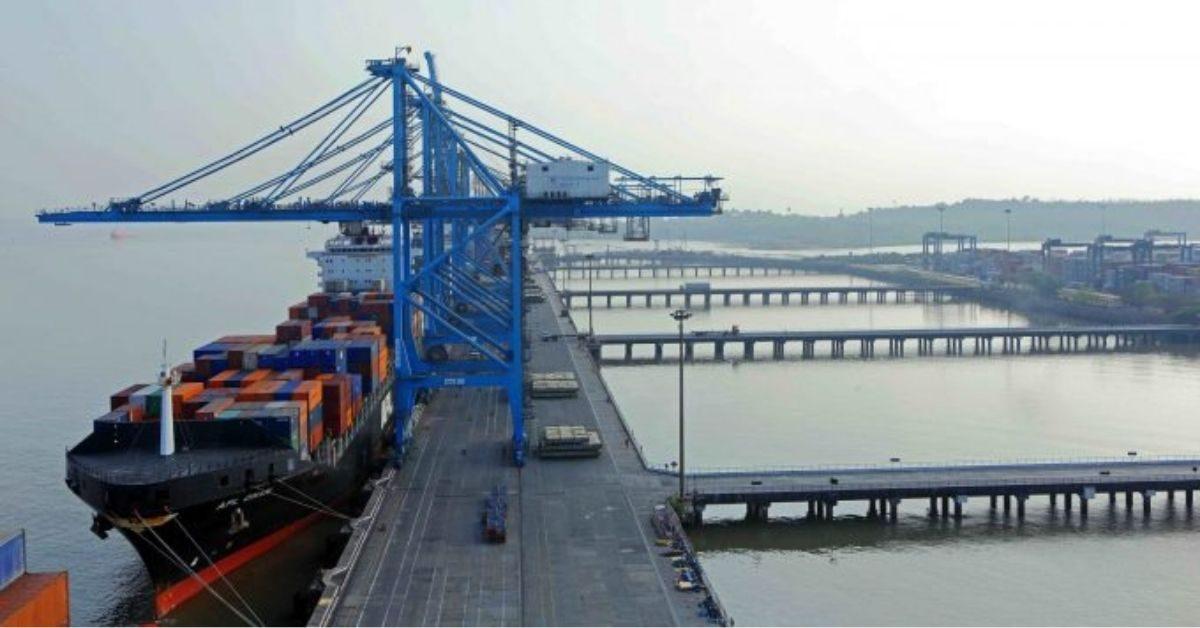State-owned ports handled 1.9 million tonnes (mt) of cargo in November, or just about 3 per cent more than last year, as international trade volatility and freight costs continued to dampen traffic at these ports, Indian Ports’ Association (IPA) data showed.
India’s 12 major ports recorded a combined traffic of 61.3 mt in November, even as many hoped that the festive months would give a fillip to the logistics sector.
Experts believe the slowdown in international trade has been the biggest factor behind this, and expect the slow momentum to continue in the near-term, with only minor increases or decreases depending on change in high-frequency economic indicators in western countries. Trade in finished goods has been especially weak, with the first seven months showing only 1.5 per cent growth in container traffic as against the last fiscal year.
“Current year’s container segment volumes have been subdued. Two factors have primarily contributed to this — subdued export-import trade has had an impact, and high freight cost in the first quarter of the fiscal year also led container volumes to move towards the break bulk segment,” Sai Krishna, vice-president and sector head at ICRA, told Business Standard.
Indian major ports (owned by Central government) handled record traffic of 70 mt in March this year, marking a robust end to a year filled with uncertainties amid multiple Covid-19 waves. Ever since the first quarter of this financial year, combined cargo at 12 major ports has not even crossed 65 mt, and for the last three months, it has been flat at 61 mt.
International trade concerns continue to weigh on the container segment. “We expect FY23 growth to be in the range of 3-4 per cent (versus the earlier 5-6 per cent) given the higher uncertainty in global trade,” said Mohit Kumar, a research analyst at DAM Capital.
Meanwhile, overall cargo growth, which was in double-digits at the beginning of this fiscal year, stands below 9 per cent.
However, the growth has been due to disproportionate increases in commodities such as coal (see chart), which was due to a nationwide coal crisis, forcing the Centre to import more coal, and also push more coal out through the coastal route as railway networks remained choked.
“Overall growth for the fiscal year is 8.8 per cent, primarily because of coal. We expect some normalisation in this segment in the coming time, and that may get offset by growth in other segments such as iron ore and agricultural cargo. Overall, the fiscal year is likely to end with a traffic growth of 6-8 per cent,” said Krishna.
While a dip in coal cargo is widely expected, experts believe that a push for coastal shipping of thermal coal by the Centre may ensure that the fall isn’t prominent.







